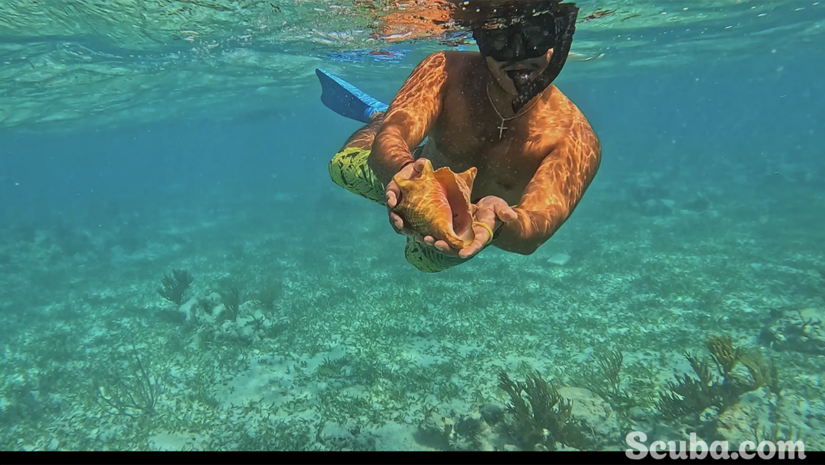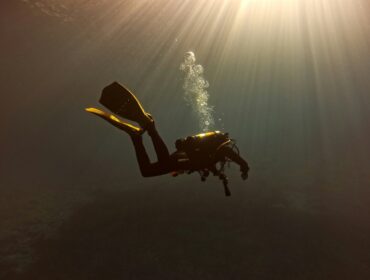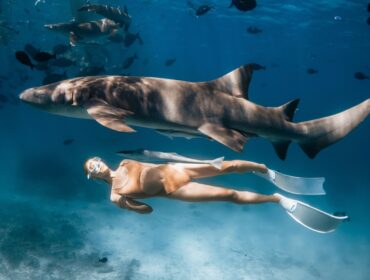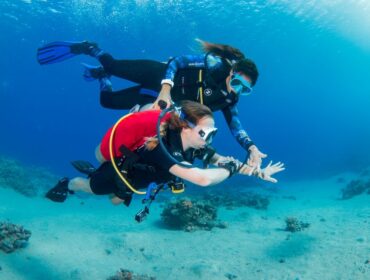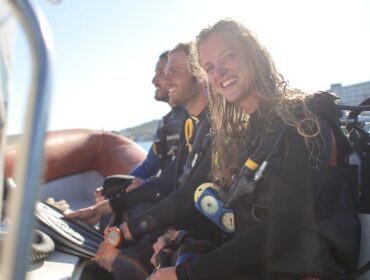As a creator, I’ve always been passionate about storytelling through visuals. My journey started with traditional arts like painting and sculpting. Over time, I’ve gravitated toward more dynamic forms of storytelling, including film. I’ve worked on a range of projects, from commercial work to creative ventures. Still, underwater photography and filmmaking represent a unique challenge that pushes my skills and creativity.
The environment is constantly changing—whether it’s the lighting, the movement of the water, or the creatures you’re filming—it’s all about adapting and capturing moments in a way that feels immersive for the viewer.
From Snorkeling to Scuba Diving
Before starting this journey, I had some basic experience with snorkeling but had never really dived into the world of scuba diving or underwater photography and filmmaking. I knew I loved the ocean and was fascinated by its beauty. However, working with underwater gear and capturing subjects below the surface was a new frontier for me. As soon as I started getting into it, I quickly realized how much technique and preparation goes into shooting underwater, from handling gear to understanding the behavior of sea life.
A new Challenge: Underwater Photography and Filmmaking
When I was first asked to lead this project, I was both excited and a little intimidated. Scuba diving and underwater filmmaking were areas I was still learning about, and I knew it would be a huge responsibility to guide others in such a technical field. But I also saw it as an incredible opportunity to learn, grow, and push my creative boundaries.
Leading a project like this meant I could share my passion for both filmmaking and the ocean with others, and I was eager to help others experience the magic of the underwater world firsthand. It was a challenge and a very exciting opportunity, especially the dive to the Great Blue Hole, which pushes you to 130ft, the limit of recreational diving.

The Certification Process
The certification process for scuba diving typically starts with theory lessons where you learn about safety protocols, the mechanics of diving, and understanding the environment. Afterward, you move into confined water sessions to practice basic skills like buoyancy control, mask clearing, and emergency procedures. After completing confined sessions, you go on open water dives where you practice in real-world conditions. For underwater photography and filmmaking, you need to be comfortable and confident in the water, as the gear can be heavy, and the environment is constantly shifting. Once certified, it’s all about continuing to learn and practice to build your comfort and proficiency.
SCUBA and Community
The scuba community is incredibly supportive. They have a strong emphasis on safety, conservation, and sharing knowledge about the underwater world. Online, it’s a lot of people exchanging tips about dive sites, safety, gear, and conservation efforts. In person, the community often feels like a tight-knit group of people who share a mutual love for the ocean, which makes it easy to bond with fellow divers.
Conversely, the photo/filmmaking community is a bit more diverse, ranging from hobbyists to professionals. There’s a lot of collaboration but also a bit more competition, particularly in the commercial space. While both communities share a passion for their respective crafts, the Scuba community is more centered on shared experiences and environmental advocacy. In contrast, the filmmaking community is driven by creative and technical expression.
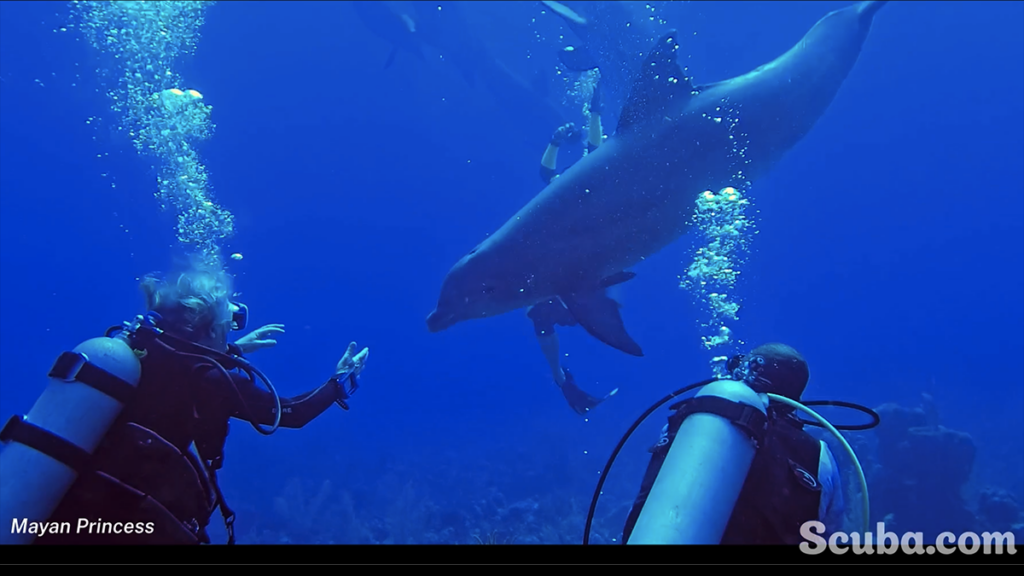
Gearing Up for Underwater Photography and Filmmaking
For underwater filmmaking, I rely on gear that’s specifically designed for that environment. I use a Sony a7S III paired with an Ikelite underwater housing. The a7S III is great for low-light conditions underwater, which is a common challenge due to the loss of light as you go deeper.
On this trip to Belize, I heavily used the Insta360. Its sensor size helps not only the quality of your image but also in low light; it is probably the best among action camera-sized devices. I also love the fact that you can create different types/styles of content after shooting thanks to the 360-degree recording, especially when you have fast wildlife in front of you, and it’s very hard to track it with a regular camera.
Two Environments, One Story
Mixing dry and underwater filmmaking requires a cohesive narrative structure. I start by planning the story from both perspectives—how the underwater scenes will contribute to the overall storyline and how the dry scenes can create context or enhance the underwater footage. I focus on continuity and ensuring that the two types of shots complement each other visually and thematically. For example, you might have a dry scene on a boat or in a dive shop, setting up the next adventure. Then, transition to the underwater shots, which offer an immersive, almost otherworldly feel.
Travel, Photography, and Environmental Storytelling
In the future, I want to continue exploring the intersection of travel, photography, and environmental storytelling. There’s so much to learn from the underwater world, and I’d love to document and share more about ocean conservation and the creatures that inhabit it. Ultimately, I want to inspire others to respect and protect our oceans while also making high-quality content that showcases the beauty and fragility of marine ecosystems.
Check out this beautiful recap video from the Scuba.com x Adorama trip to Belize.
Learn more about Scuba.com travel here.

